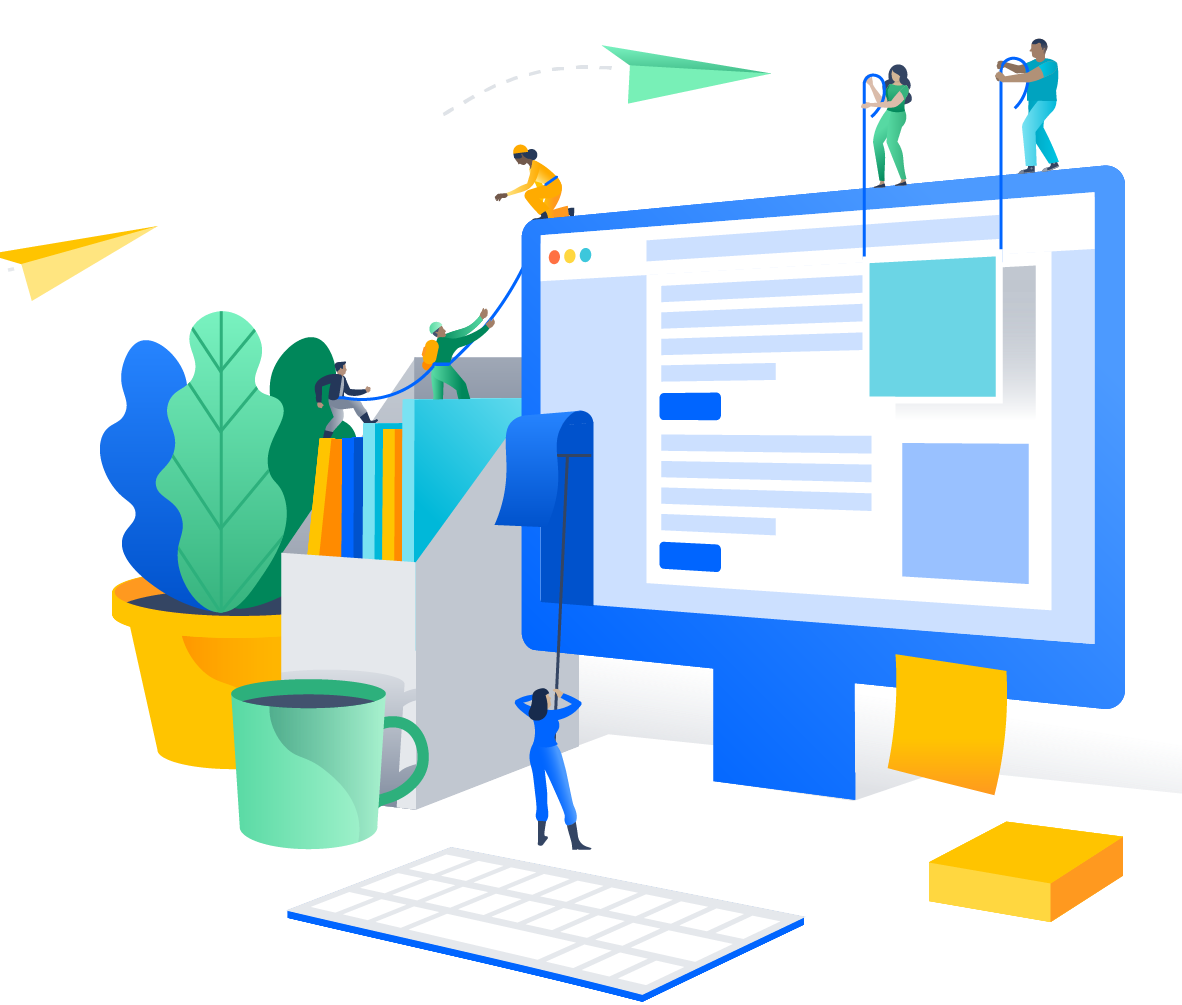Design interviews have open-ended questions.
Master SYSTEM DESIGN Interviews ?
CRACK THE DESIGN ROUND OF TOP IT COMPANIES.
A personalized one-month coaching thru live classes (online chat / screen share / Whiteboard)
Online SYSTEM DESIGN INTERVIEW Preparation
Expert Trainner
Comprehensive Coverage
Personal Mentorship
Class @ YourTime
100% Online (Live)
Shared Class Notes
Fresh batch starts 1st of every month.
System Design interview has open-ended discussions where the candidate is expected to provide an overall design of a sub-system and discuss a part (or whole) of it in detail including (but not limiting to) the scalability, Storage Options, technology choices for each component of the system, fault-handling.
This 30-days online course is personalised live coaching that helps you crack the System Design Interviews of Top IT companies like Google, Amazon, Facebook, Microsoft, etc. and is designed meticulously keeping the selection pattern of such companies in mind.
COURSE HIGHLIGHTS ?
PERSONAL MENTORSHIP. Less than 5 students per batch enabling constructive 2-way discussions.
EXPERT TRAINER. Employee of Microsoft, Amazon, Adobe
COMPREHENSIVE COVERAGE. Including theory and design of all major large-scale systems.
100% ONLINE. Live classes - No Prerecorded Videos
CONTINOUS SUPPORT. Even after the course is over.
MOCK-TEST. MOCK-INTERVIEWS
PERSONAL MENTORSHIP. Less than 5 students per batch enabling constructive 2-way discussions.
EXPERT TRAINER. Employee of Microsoft, Amazon, Adobe
COMPREHENSIVE COVERAGE. Including theory and design of all major large-scale systems.
100% ONLINE. Live classes - No Prerecorded Videos
CONTINOUS SUPPORT. Even after the course is over.
MOCK-TEST. MOCK-INTERVIEWS

SAMPLE CLASS VIDEOS
Consider a system design interview as a brainstorming session about an open-ended questions. You will be driving the discussion by first asking the clarifying questions followed by a broad design and then deep-diving into the design of one small area in the system. This is an opportunity where you can impress the interviewer with your quality of value-added discussions.
Our trainers have worked in Microsoft, Adobe, Amazon and have been taking programming interviews for more than 10 years.
We have designed our course keeping in mind the selection pattern of top companies.
Many people from these companies are on board as mentors and take mock interviews.
WHAT YOU'LL LEARN
- How to approach a problem. Ask relevant questions, remove the ambiguity, define the scope, define the MVP.
- Going from Top-to-bottom in the designing a system. First give the broad layout of overall system and then move to individual components.
- Keeping the interviewer involved in the discussion.
- Technology choices for each component in the system.
- The design of different large scale systems which (or a part of which) can be used as templates in solving other design.
This course is very meticulously designed to help Software Engineers think about the large-scale systems and challenges that comes in designing such systems.
Our design should not be too complex and should have the minimum time to market, but, at the same time, it should have the flexibility to scale in future.
The trainer(s) of this course have many years of hands-on experience in system designing and also giving and taking such interviews. They are subject matter experts.
COURSE CONTENT
| System Design Basics:
- Why SD questions, - Strategies to approach SD questions, Defining performance KPI. - SubSystem Design vs System Design |
| CAP Theorem |
| Monolithic v/s Micro Services |
| Load Balancer |
| Consistent Hashing, Bloom Filters, Markle Trees |
| Caching (centralized v/s distributed caching) |
| Data Partitioning and Sharding |
| Indexes |
| Queues |
| Modern Data Stores (SQL vs NoSQL) |
| Communication protocols between two distributed services (TCP/IP, REST, MQ, UDP, Request-Response model, WebSockets, etc. ) |
| Scalability |
|
Designs of Large systems in detail:
- Design online multi-Player game - Design a centralized logging system - Design a photo-sharing/editing system like Google Photos - Design an online ticketing service like BookMyShow - Design Video Streaming service like NetFlix, PrimeVideos - Design online cab service like Uber, Ola - Design Social Media Service like Twitter, Facebook - Design url-shortener service - Design Web-Crawlers - Design online storage like Drive, Dropbox - Design CricInfo |
|
Sub-System Design:
- Excel Update Design - Dynamic Bundling at Netflix - CountMinSketch - Append Logs |
|
Introduction to Low Level Design (LLD) :
- UML Diagrams Intro - Two questions on LLD |
